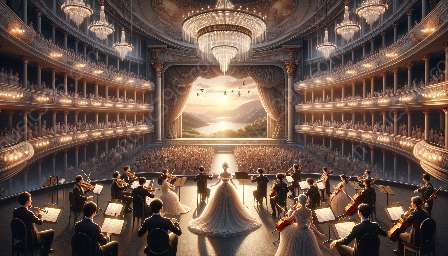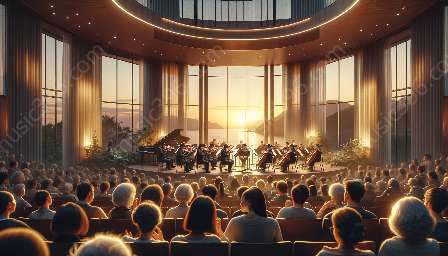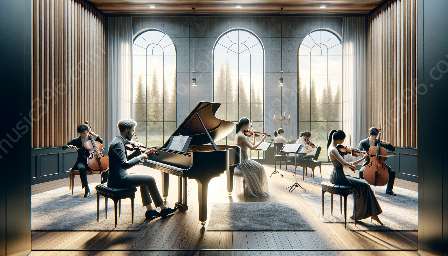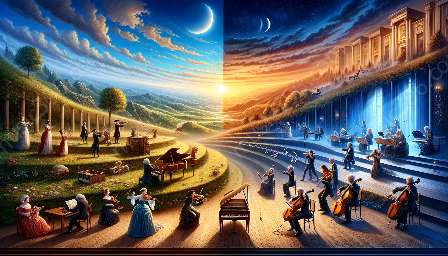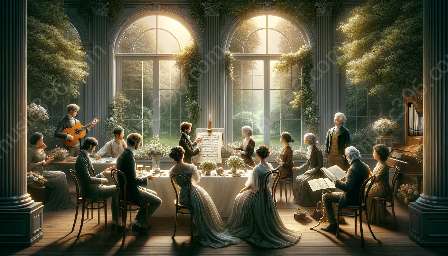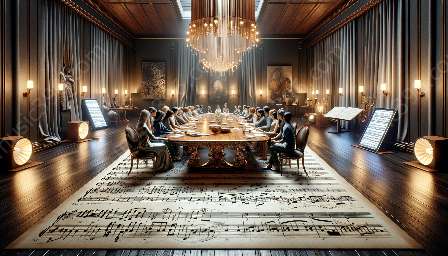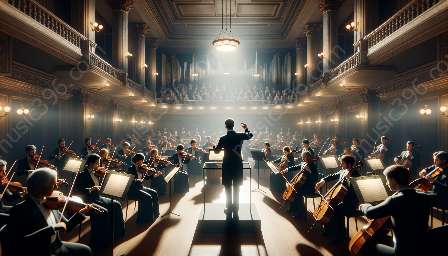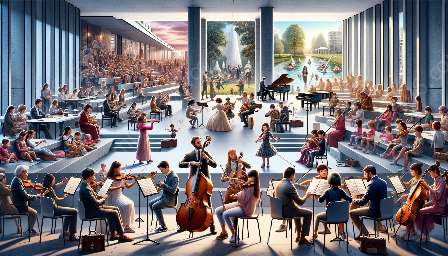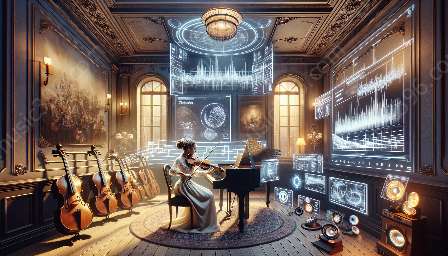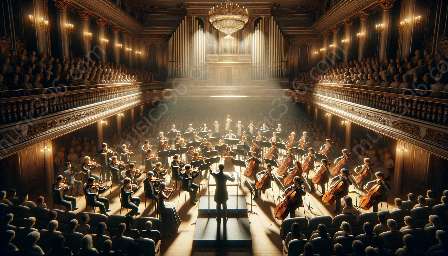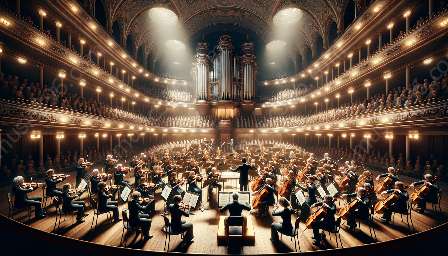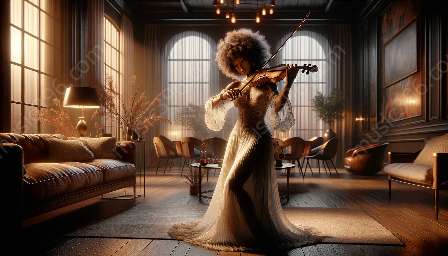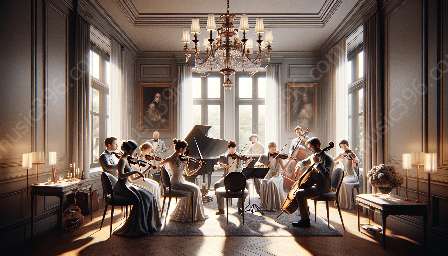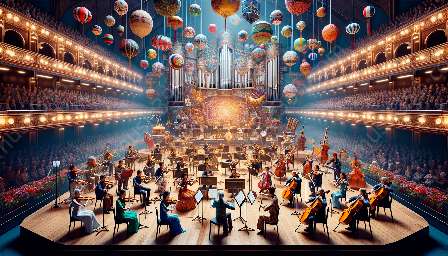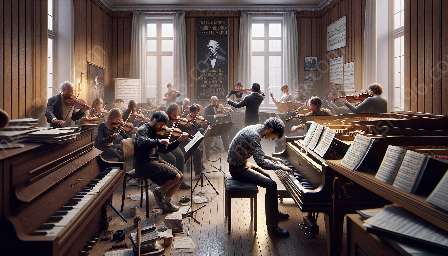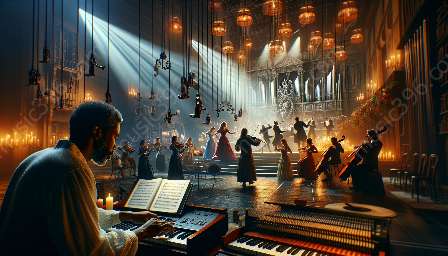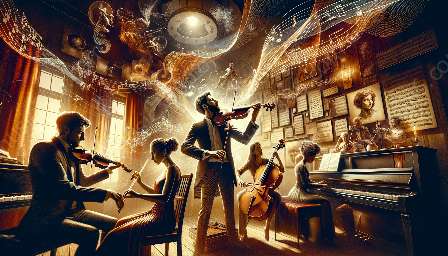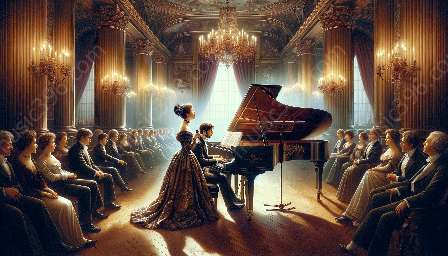Church music has played a profound role in the development of classical music. The history of classical music is intertwined with the influences and contributions of church music, which has significantly impacted the evolution and development of the genre. As classical music emerged and evolved over the centuries, the influence of church music remained pervasive, leaving an indelible mark on the entire classical music tradition.
The Origins of Church Music
Church music has existed for millennia and has been an integral part of religious worship and practices. Its origins can be traced back to early Christian liturgical music, primarily sung in Latin. Gregorian chant, also known as plainchant or plainsong, is one of the earliest forms of church music, and its melodies and modes have greatly influenced later classical compositions. The early church served as a significant patron of music, employing musicians and composers to create music for religious services, ceremonies, and events.
Influence on Compositional Techniques
The influence of church music on classical music is evident in the compositional techniques employed by classical composers. Polyphony, a style of musical composition that involves two or more simultaneous lines of independent melody, has its roots in medieval and Renaissance church music. The development of polyphonic techniques in church music laid the groundwork for the complex and elaborate contrapuntal compositions of classical music. Composers such as Johann Sebastian Bach, known for their mastery of counterpoint, were heavily influenced by the polyphonic textures of church music.
Use of Sacred Texts
Many classical composers drew inspiration from sacred texts used in church music. Religious texts, such as the Psalms, Mass texts, and hymns, provided a rich source of lyrical content for composers. The use of sacred texts in classical compositions not only served to reflect the deeply spiritual and devotional aspects of church music but also contributed to the preservation and dissemination of religious texts through musical expression. The intricate interplay between music and sacred texts in church music greatly influenced the thematic and narrative elements of classical compositions.
Development of Musical Forms
Church music played a pivotal role in the development of musical forms that later became integral to classical music. The structure and organization of liturgical music, including the Mass and the motet, contributed to the evolution of musical forms such as the symphony, sonata, and concerto in classical music. The formal characteristics and configurations of church music provided a template for classical composers to expand and innovate, ultimately shaping the diverse range of musical forms found in classical repertoire.
Patronage and Support
Throughout history, the church has been a major patron and supporter of musical activities and institutions. The establishment of choirs, musical ensembles, and educational institutions within the church provided an environment for the cultivation of musical talent and creativity. Many renowned classical composers received patronage from the church, which allowed them the freedom and resources to pursue their artistic endeavors. The support and sponsorship of church institutions greatly contributed to the flourishing of classical music during different historical periods.
Impact on Musical Aesthetics
The aesthetic sensibilities and stylistic characteristics of church music significantly influenced the overall aesthetic of classical music. The use of modal scales, melodic motifs, and harmonic progressions found in church music became integral components of classical composition. The sacred and devotional nature of church music also influenced the emotional and spiritual dimensions of classical music, leading to the emergence of deeply expressive and contemplative compositions.
Evolution of Performance Practices
The performance practices and traditions associated with church music shaped the evolution of musical performance in the classical tradition. The acoustics and architectural designs of churches influenced the development of vocal and instrumental techniques, as well as the orchestration of musical ensembles. The performance of church music in sacred spaces contributed to the refinement of choral and instrumental techniques, fostering a distinct performance style that permeated classical music performance traditions.
Continuing Influence
Even as classical music expanded and diversified over time, the influence of church music continued to resonate within the genre. Contemporary composers have drawn inspiration from the rich traditions of church music, integrating elements of liturgical music into their compositions. The enduring legacy of church music in classical music serves as a testament to its enduring influence and significance in the development and evolution of the genre.
Conclusion
The role of church music in the development of classical music is undeniable, as it has significantly contributed to the historical, compositional, and performance aspects of classical music. Understanding the influence of church music provides valuable insights into the rich tapestry of classical music history and the enduring legacy of sacred music within the classical tradition.

